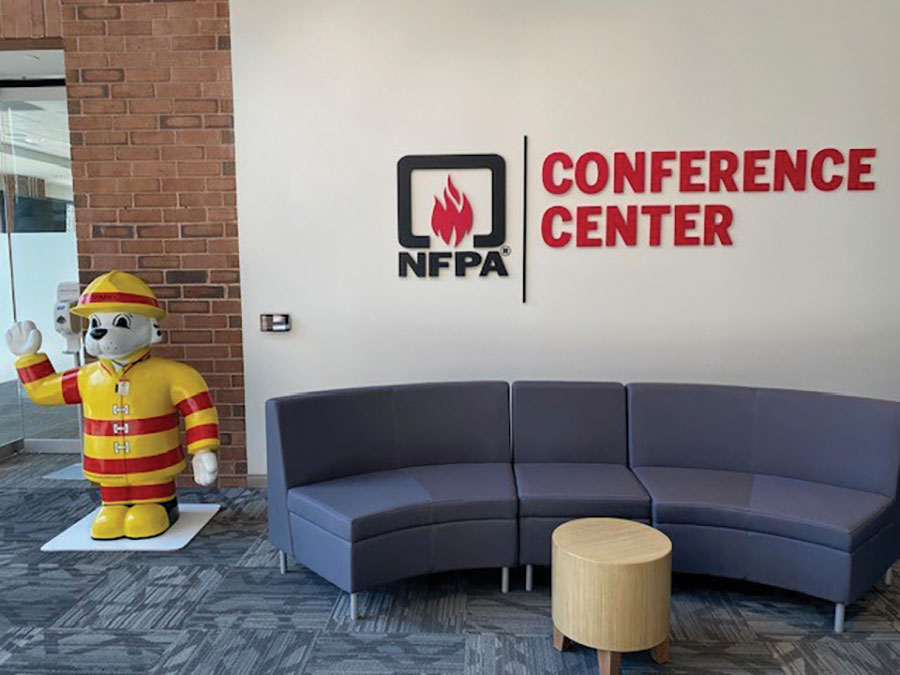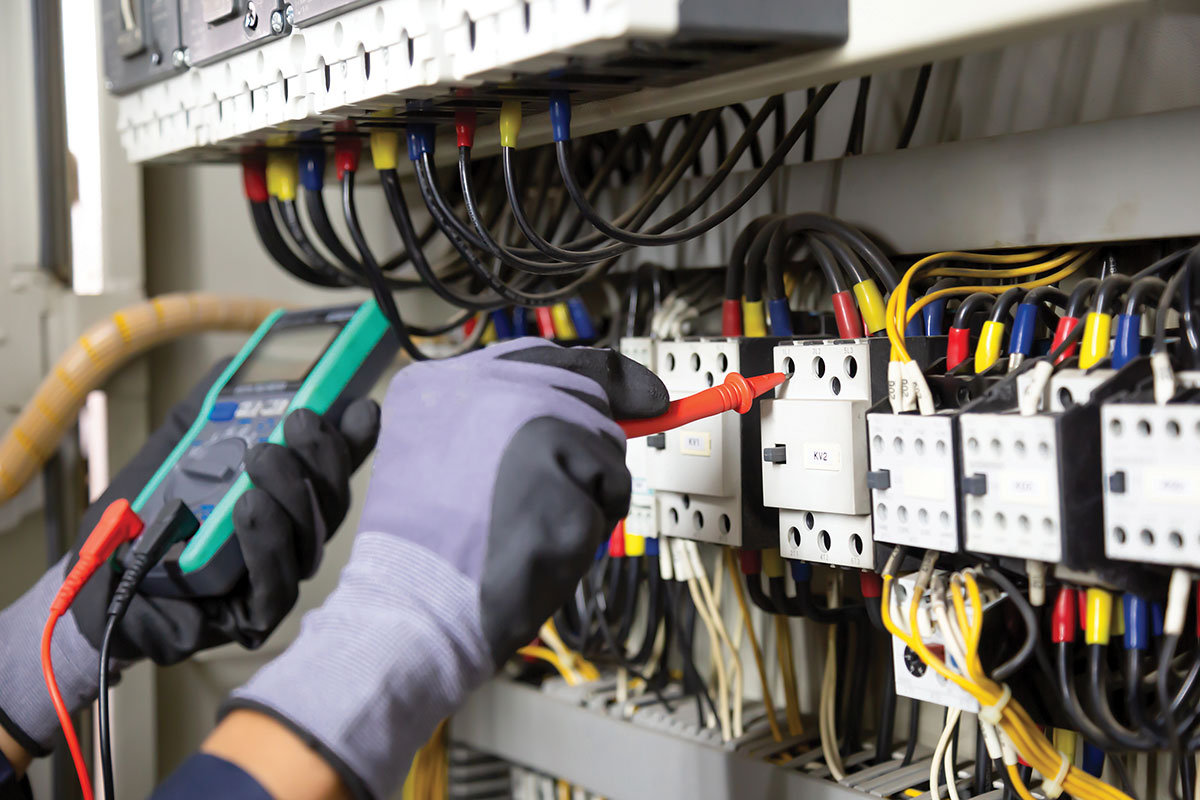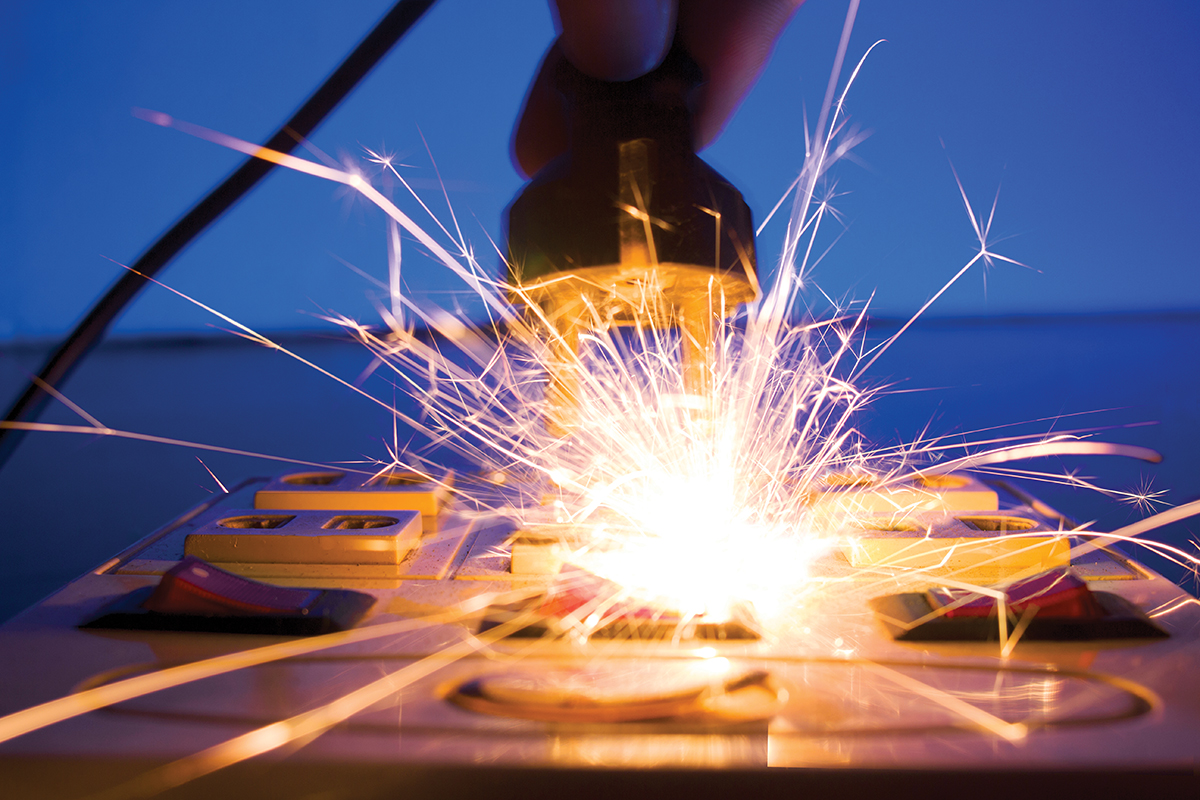The neon sign industry has come a long way since that type of lighting technology was introduced into the United States in 1923.
The first neon sign is reported to have been created in Paris, France, in 1910 by George Claude. Two custom made neon signs were brought to Los Angeles, California, from France in 1923 by Earle Anthony. Those signs were installed at Mr. Anthony’s place of business as a new form of advertising. Mr. Anthony’s use of neon lighting became popular and the neon sign industry began to develop and expand in the United States and Canada. The demand for neon lighting has fluctuated over time and is used extensively at the present time. It can be used very effectively to enhance the outline of a building, to provide information, and to create special effects. While it can be used to accomplish so many things, it needs to be installed and maintained properly in order for the installation to be safe and to perform appropriately. Inspectors and installers need to be well trained in this technology. The IAEI worked with the National Electric Sign Association (NESA), now known as the International Sign Association (ISA) and others within the industry to develop a Neon Installation Manual. That manual provided a valuable step in a much needed training program. ISA was instrumental in promoting the distribution of the Neon Installation Manual to people within the sign industry.
The Neon Installation Manual was welcomed by the industry but it became evident that many people wanted a more comprehensive book. In response to that trend, IAEI staff and others within the industry began work on a project to revise the Neon Installation Manual to meet those demands and to incorporate provisions of the 1999 NEC. As the work progressed, it became clear that a revision of the Neon Installation Manual would not accomplish the desired objectives and that another approach was needed. It was decided that the existing NIM will remain as it is and that a totally new document will be developed.
The new book will be different in design, objective, intent, and format. A working draft of the new book has been developed and includes a broad coverage of neon lighting, ranging from a brief history of the development of neon to the final end use and maintenance. The new book will be in a format designed for both classroom and personal use. The historical summary, neon theory, installation information, maintenance principles, and information on how to inspect neon installations will provide a very useful source of information. An added feature is the use of rules related to both the Canadian Electrical Code and the National Electrical Code. Users of the new book on neon will find numerous realistic and descriptive color drawings and photographs included to make the information more easily understood. In addition to the participation by several individuals in the development stage, there will be a review and comment process to allow for needed input from the industry before the book is published. A number of seminars on neon lighting have been conducted using some of the new material and the input from the participants have been very positive.
In summary, the new book is intended to provide general and detailed information for designers, contractors, installers, inspectors, and maintenance personnel. It is hoped that industry representatives will find that the material is a valuable educational resource and that it benefits from both their participation and support as was demonstrated with the earlier work.










Find Us on Socials